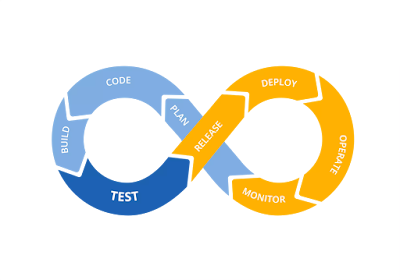Julia Overtakes the technical world, overrules Python
Julia Overtakes the technical world, overrules Python
Julia is the latest approach to technical computing and has garnered immense popularity in the technical world lately. It is being compared to the classic hero of programming language, Python and many are rating Julia well above it. It is like the shiny new toy in the technical computing segment and its numerous advantages have come under the positive notice of technical experts world over.
The latest multi-paradigm, primarily functional programming language mainly developed for machine-learning and statistical programming, Julia, is getting all the right attention in the domain. Though it will take time for Julia’s initial small-scale popularity to reach a high like Python, there are certain huge advantages of employing Julia for Data Science that is making it the preferred choice.
Here are some of the key benefits that Julia has over and above Python as a programming language.
Full Article: http://entradasoft.com/blogs/julia-overtakes-the-technical-world-overrules-python
1. Speed & Stature- Julia was primarily designed keeping in mind its high-speed performance that is incredibly faster than any other. Its programs are compiled to the efficient native code for multiple platforms via LLVM. With time being the utmost crucial factor in many projects, Julia surely has the speed to its advantage. It proves as an excellent option for numerical computing and can solve bigger & complex codes in much less time. When it comes to performance and speed, Julia undoubtedly wins over Python.
In terms of stature, while Python boasts of its own niche and can be useful for a smaller project, Julia is best suited for data-sets involving big numbers of observations in millions.
2. Extremely Dynamic- Julia as a language is dynamically typed and rather gives the feel of a scripting language that has good support for interactive use. While even Python is also dynamically typed, the difference with Julia is due to its ability to combine and enjoy the benefits of both static and dynamic typing at once. Thus, it opens doors to more options in application and purposes.
3. User Friendly-Julia’s critical benefit comes from its high -level syntax to make it very easy to use for users. It’s an accessible language for programmers from almost every background or level of experience. One can try browsing through its micro-benchmarks to get the real feel of its smooth functioning.
4. Open Source Access- Being offered under the MTT License, the best part is Julia is free for use for everyone and all the source code is available for public viewing on GitHub. This is a real advantage to enhance its usage.
5. Multiple Dispatch- Julia employs multiple dispatch as a paradigm which makes it fairly generic and therefore, easy to express several object-oriented and functional programming patterns. While Julia’s dispatch is not only faster, it also makes for its inheritance to be viable inside of Julia as well as makes a function extendable. It also serves great in the case of package extensions.
Conclusion
Julia has certainly created an uproar with its amazing speed, versatility, and other key benefits in the technical arena of programming and has a great chance to bypass Python in popularity and usage very soon, given its all-new packages and functionalities.





Comments
Post a Comment